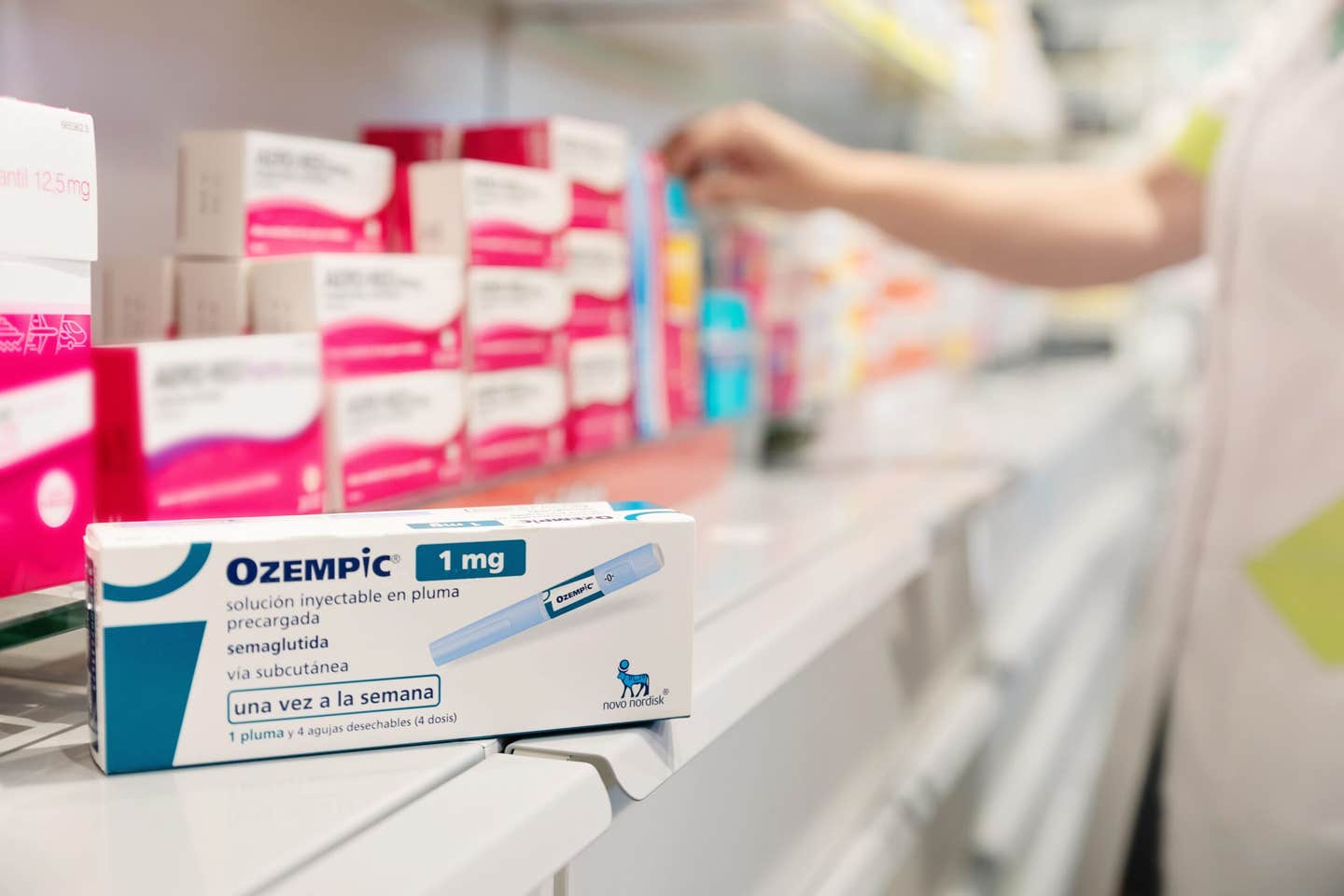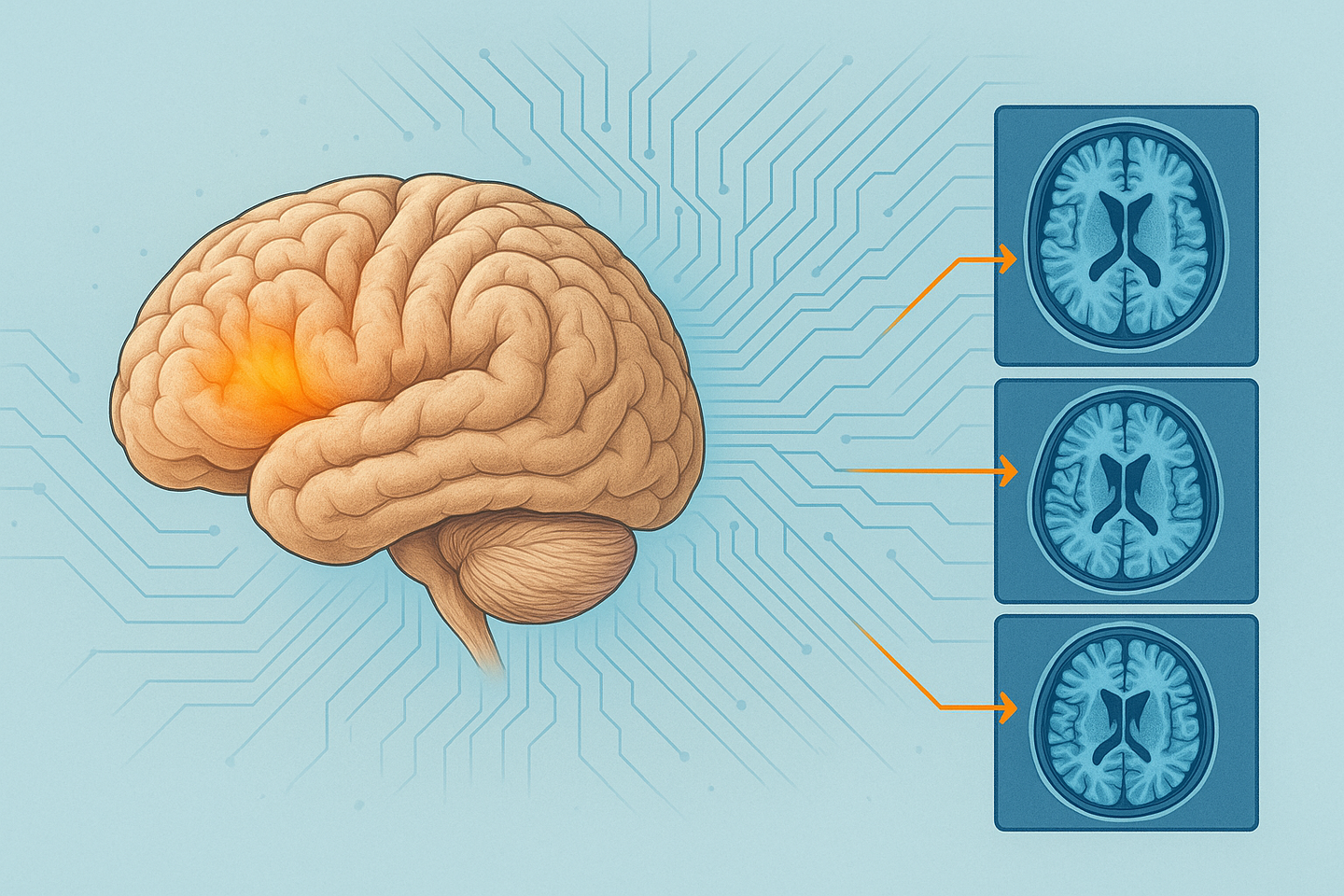Weight-loss drug Semaglutide reduces cocaine use, study finds
A diabetes drug may curb cocaine addiction by reducing cravings and blunting dopamine surges in the brain.

 Edited By: Joshua Shavit
Edited By: Joshua Shavit

A new study finds that semaglutide, known for diabetes and weight loss, may also reduce cocaine cravings. (CREDIT: Shutterstock)
A drug most often prescribed for diabetes and obesity might soon be prescribed to curb one of the world's hardest to quit addictions. Scientists in Sweden and the US found that semaglutide, the active ingredient in Ozempic and Wegovy, reduced cocaine use and relapse by a considerable amount in test mice.
The breakthrough is a new treatment method for cocaine addiction by acting on the body's metabolic pathways rather than the traditionally utilized approach of brain chemistry only.
A New Solution to an Old Ill
Cocaine use disorder has long resisted treatment. No FDA-approved medications exist, and relapse rates are alarmingly high. After many months of being clean, intense cravings and compulsive drug seeking often pull people back in. Researchers at the University of Gothenburg and the University of Pennsylvania did something unconventional and tried to see if semaglutide, already approved to control blood sugar and weight, can also control cocaine cravings.


In contrast to other medicines that act on the same receptor, semaglutide is more persistent in the body and binds more effectively to glucagon-like peptide-1 receptors (GLP-1Rs). These receptors are not only located in the pancreas but also in brain reward centers and modulate appetite and impulse. Scientists believed that if semaglutide reduced hunger cravings, it might reduce drug cravings as well.
How the Study Worked
Male Sprague-Dawley rats were trained to press a lever to receive intravenous infusions of cocaine. Following training, they received one of three doses or a placebo of semaglutide. Each rat was its own control, and scientists could monitor different behaviors according to the varying dose levels.
To quantify motivation, the scientists used two systems. The first, a fixed ratio schedule, made the rats press the lever five times for each hit of cocaine. The second, a progressive ratio schedule, increased the amount of effort necessary for each successive dose. In these tests, the animals were taught how much they would "work" for the drug—a precise measure of desire and motivation.
The scientists also induced relapse. After the rats ceased lever-pressing for cocaine, a tiny "priming" dose of the drug was given to bring interest back. Scientists observed whether injected semaglutide, given an hour earlier, could suppress that reaction.
Semaglutide Reduced Cocaine Use and Desire
At moderate and high doses, semaglutide reduced cocaine intake by as much as 26 percent and cut in half the motivation to obtain the drug. The impact wasn't due to the animals being tired or having impaired motor function—the animals ran equally well but were less interested in pursuing cocaine. When effort required to get the drug became more taxing, semaglutide-treated rats stopped earlier, which suggests that their motivation was lessened.
Still more striking, the drug reduced relapse-like behavior by more than 60 percent. When given before a cocaine "reminder" dose, semaglutide slashed the number of tries rats made to get another fix in half. It seemed to take the edge off of the intense craving to use drugs again.
Dimming the Brain's Reward Signal
To find out why, researchers turned to the brain's pleasure center—the nucleus accumbens. Cocaine typically produces a flood of dopamine, the brain chemical for pleasure and reward. But in semaglutide-pretreated animals, that flood of dopamine was greatly subdued.
With the help of advanced imaging and microdialysis techniques, scientists confirmed that semaglutide didn't change baseline levels of dopamine but lowered the heightened rush of cocaine. In essence, the drug made cocaine less stimulating on a chemical level. When the brain's reward system reacted less strongly, the compulsion to take the drug decreased automatically.
One of the problems with GLP-1R drugs is nausea, in mice expressed as eating kaolin clay. There was no increased kaolin consumption by the researchers, suggesting the animals were not nauseous. As expected, semaglutide mildly reduced food and water intake and caused minimal weight loss—classical side effects for this class of drug. These side effects did not impact the rats' behavior or the results of the experiment.
A Step Toward a New Type of Addiction Medicine
Lead researcher Cajsa Aranäs from the Sahlgrenska Academy in Gothenburg said the results indicate that "an already established drug can influence important behaviors behind cocaine addiction." She went on to comment that human trials would be required before knowing if the same effect occurs in humans.
Her co-worker, Professor Elisabet Jerlhag, emphasized the necessity. "There is a pressing need for cocaine addiction treatments. There are no medications currently available, and the relapse risk is very high," she described. If confirmed with clinical trials, semaglutide would be the first medication to follow therapy and augment treatments for cocaine users.
Published in European Neuropsychopharmacology, the study builds on earlier hypotheses that GLP-1 receptor drugs might influence drug-seeking behavior, but semaglutide's long-acting effect created far more powerful results. The study indicates a surprising intersection of appetite biology and addiction—a connection researchers are only just beginning to understand.
Practical Implications of the Research
If true in humans, semaglutide could transform the treatment of addiction. Its ability to inhibit dopamine surges makes it potentially capable of reducing the euphoria of cocaine—and possibly other drugs of abuse. Because the drug is already FDA-approved for diabetes and obesity, its safety profile is established, potentially allowing clinical trials to move more quickly.
The research also opens a door to explore how metabolic pathways influence craving and self-control. It opens up the door that the mechanisms that regulate hunger can regulate the brain's response to drugs, offering a novel domain of addiction medicine.
This approach, if successful, would deliver cocaine abusers their first legitimate pharmacological treatment for maintaining sobriety.
Research findings are available online in the journal European Neuropsychopharmacology.
Related Stories
- New research shows risk of muscle loss with Semaglutide use
- Diabetes drug Semaglutide might protect the brain from dementia
- Weight-loss drug Semaglutide could significantly reduce the risk of heart attacks
Like these kind of feel good stories? Get The Brighter Side of News' newsletter.
Joseph Shavit
Science News Writer, Editor-At-Large and Publisher
Joseph Shavit, based in Los Angeles, is a seasoned science journalist, editor and co-founder of The Brighter Side of News, where he transforms complex discoveries into clear, engaging stories for general readers. With experience at major media groups like Times Mirror and Tribune, he writes with both authority and curiosity. His work spans astronomy, physics, quantum mechanics, climate change, artificial intelligence, health, and medicine. Known for linking breakthroughs to real-world markets, he highlights how research transitions into products and industries that shape daily life.



